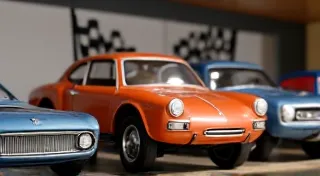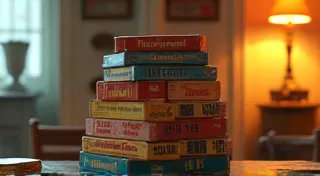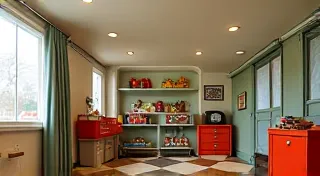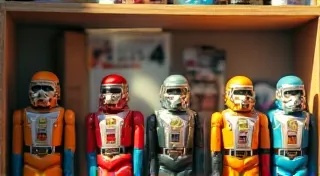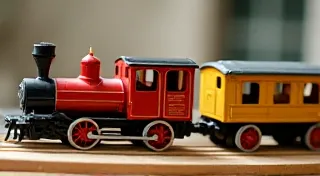A Beginner’s Guide to Identifying Vintage Rubber Toys
The world of vintage toy collecting is vast and fascinating, and within that world, rubber toys hold a unique place. Their often quirky designs, tactile quality, and historical significance make them highly sought after by collectors. However, identifying vintage rubber toys, determining their age, and verifying their authenticity can be a challenging endeavor for beginners. This guide aims to provide a solid foundation for understanding these delightful relics of the past.
The Rise of Rubber Toys: A Historical Overview
Rubber toys emerged primarily in the late 19th and early 20th centuries. Early rubber manufacturing techniques were initially focused on utilitarian items, but as technology advanced, the possibilities for toy creation expanded. The rise in popularity coincided with the growing industrialization and consumerism of the era. Before the dominance of plastic, rubber was a readily available and relatively inexpensive material, making it an ideal choice for toy production.
Types of Vintage Rubber Toys
Vintage rubber toys aren't a monolithic category; they come in a surprising variety of forms. Here’s a breakdown of some common types:
- Animals: Arguably the most popular, rubber animals included everything from lions and tigers to cats and dogs. These were often designed as bath toys or to be cuddled.
- Dolls: Rubber dolls often featured simplified designs and were often marketed towards younger children. Their construction often lacked the intricate detailing found in porcelain or composite dolls.
- Vehicles: Cars, trucks, airplanes, and trains were all produced in rubber. These offered a fun, durable alternative to wooden or metal toys.
- Character Toys: Licensed characters from popular literature and early cartoons became common subjects for rubber toy production. Think early Mickey Mouse or cartoon animal characters.
- Novelty Toys: This category encompasses a wide array of quirky and imaginative creations – squeeze toys, comical faces, and other unconventional shapes designed for amusement.
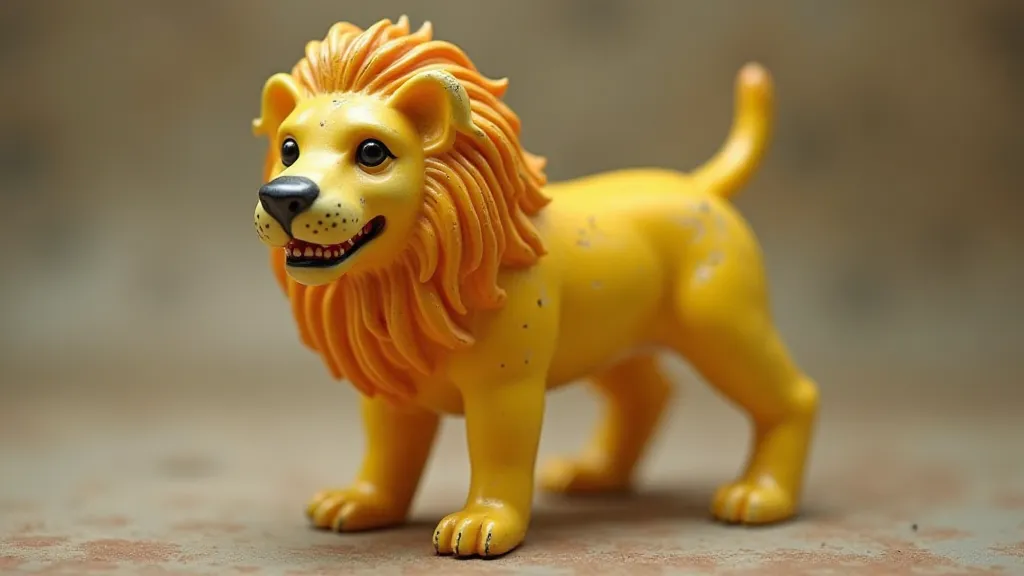
Key Manufacturers and Their Characteristics
Knowing the major manufacturers of vintage rubber toys can provide valuable clues for identification. Here are some notable names:
- Winnegan & Co. (U.S.): Known for their distinctive, often comical, animal designs and high-quality rubber. Winnegan toys are often characterized by a unique "Winnegan look" and frequently feature small embossed logos.
- Ashland Rubber Co. (U.S.): Produced a wide variety of rubber toys, often more generic in design compared to Winnegan. Ashland toys often have a softer, more pliable feel.
- Energo (Germany): A prominent German manufacturer, Energo toys are recognizable by their detailed designs and sometimes include a manufacturer's mark.
- Gallo (Italy): Gallo toys are known for their whimsical designs and often feature brightly colored rubber.
- Meyer & Bischoff (Germany): This company made many varieties of rubber toys, frequently featuring character licenses and more sophisticated designs.
Identifying Age and Authenticity
Determining the age and authenticity of a vintage rubber toy requires careful observation and attention to detail. Here’s a breakdown of factors to consider:
- Rubber Composition: Early rubber toys were made from natural rubber, which tends to age and degrade over time, often becoming brittle and developing cracks. Later toys, especially from the 1950s onwards, were often made from synthetic rubber, which ages differently and is often more durable.
- Color Fading and Degradation: Sunlight exposure causes colors to fade. Certain pigments are more susceptible to degradation than others, offering clues about the toy’s age and storage history.
- Manufacturer's Markings: Look for any manufacturer's marks or logos. The presence (or absence) of a mark, and its style, can offer significant clues. Researching the company's history and logo variations is crucial.
- Construction Techniques: Examine how the toy is constructed. Early toys were often made using simpler techniques, like single-piece molding or stitched seams. Later toys might exhibit more complex construction methods.
- Paint and Decoration: If the toy has painted details, analyze the paint quality and style. Early paint often had a different consistency and application compared to later paint.
- Smell: Vintage rubber toys often have a distinct odor, often associated with natural rubber degradation. This is not always present, but can provide a subtle clue.
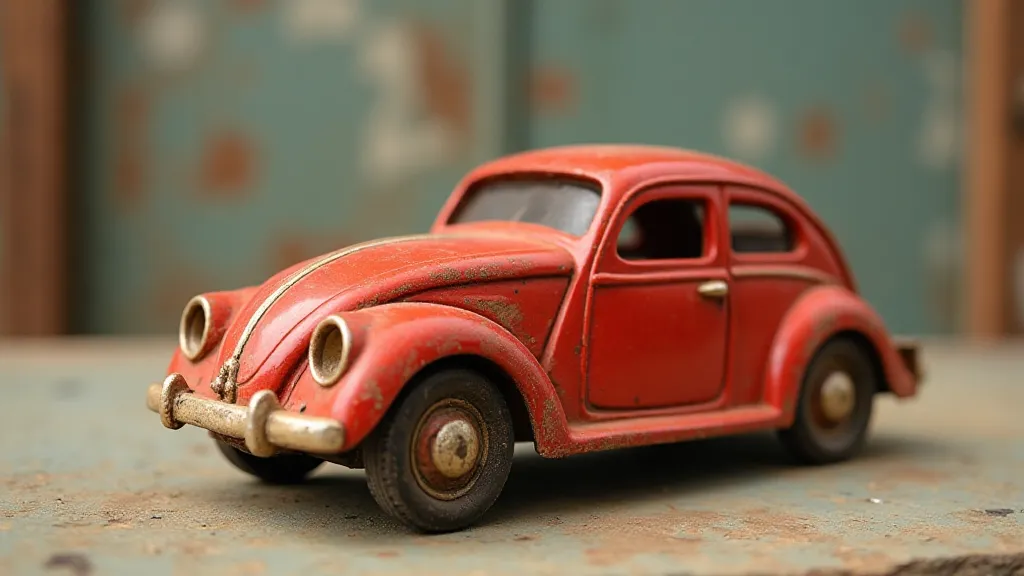
Common Challenges in Identification
Identifying vintage rubber toys isn't without its challenges:
- Reproduction Toys: The market for vintage toys has fueled the production of reproduction toys. These can be difficult to distinguish from originals, requiring keen observational skills and research.
- Damage and Restoration: Damage, repairs, and restoration work can obscure original features, making identification more complex.
- Lack of Documentation: Unlike some collectibles, vintage rubber toys often lack detailed documentation or catalogs, making it difficult to confirm authenticity.
Resources for Further Research
Several resources are available to help you delve deeper into the world of vintage rubber toys:
- Online Forums and Collector Groups: Online communities dedicated to vintage toys are invaluable resources for identification and discussion.
- Reference Books and Catalogs: While rare, some reference books and catalogs document specific manufacturers and toy lines.
- Auction Sites: Examining completed auctions on reputable auction sites can provide valuable insights into pricing and identification.
- Antique Toy Museums: Visiting antique toy museums can provide firsthand exposure to authentic vintage rubber toys.
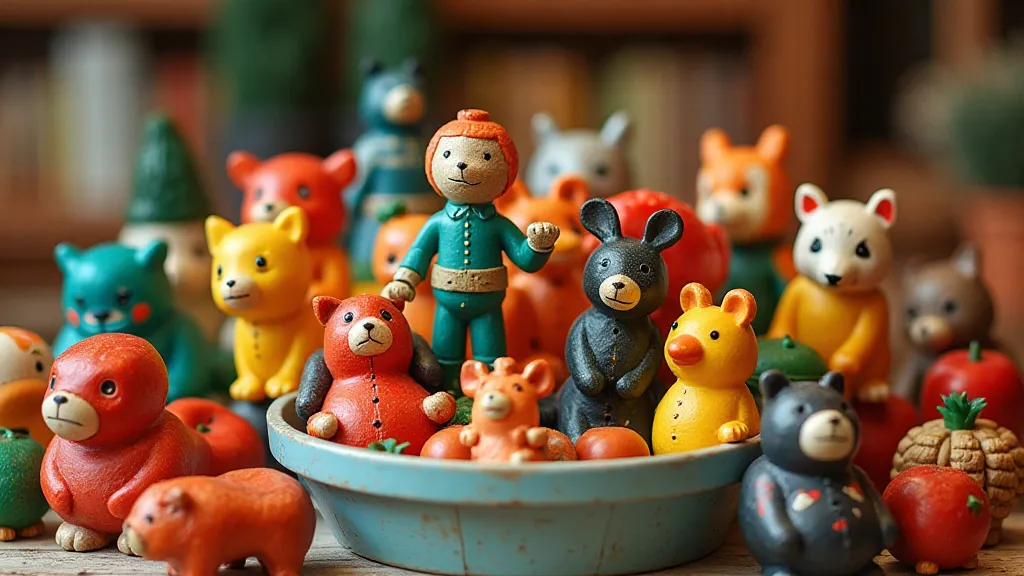
Conclusion
Collecting vintage rubber toys is a rewarding pursuit that combines nostalgia, history, and the thrill of discovery. While identification can be challenging, with careful observation, research, and a bit of patience, you can begin to unravel the fascinating stories behind these charming relics of the past. Happy collecting!
